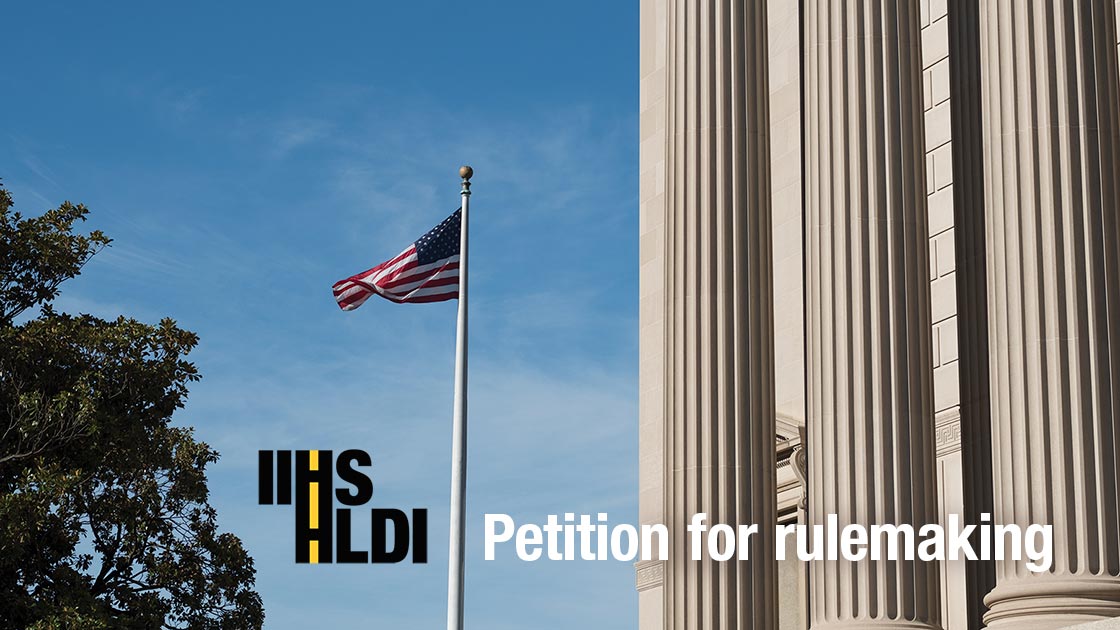Regulators should require pedestrian AEB that works in the dark
March 28, 2022

The Insurance Institute for Highway Safety and the Highway Loss Data Institute this month petitioned federal regulators to require manufacturers to equip all new passenger vehicles with automatic emergency braking (AEB) systems capable of detecting and avoiding pedestrians in the dark as well as in daylight.
Both a HLDI analysis of insurance claims and an IIHS study of police-reported crashes have found large benefits from pedestrian AEB. However, while the IIHS study found that the systems cut pedestrian crashes in daylight or on well-lit roads, it found virtually no effect at night on unlit roads. More than a third of fatal pedestrian crashes occur under those conditions.
The National Highway Traffic Safety Administration (NHTSA) plans to initiate rulemaking by 2024 that would require pedestrian AEB on new passenger vehicles. It’s not clear what performance standards will be included. IIHS and HLDI are urging the agency not to overlook the importance of systems that can function well on dark roads.
IIHS recently conducted a series of nighttime tests of pedestrian AEB for research purposes. While most of the eight small SUVs tested did not perform well, the 2021 Toyota CH-R achieved substantial speed reductions, showing it is possible to design systems that are effective in the dark.